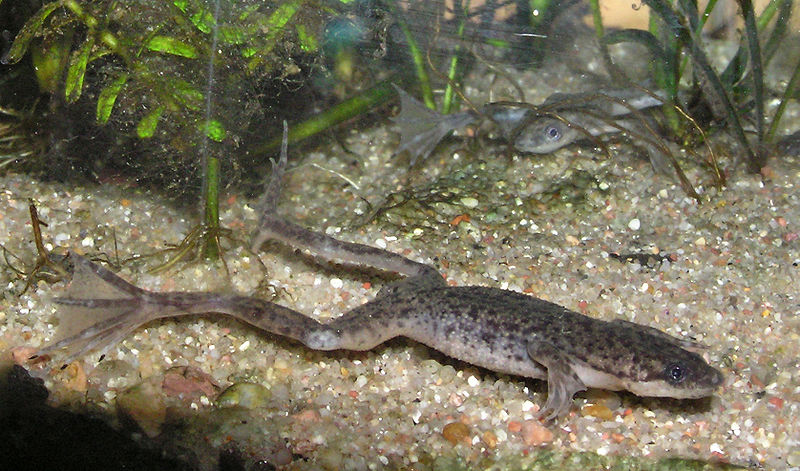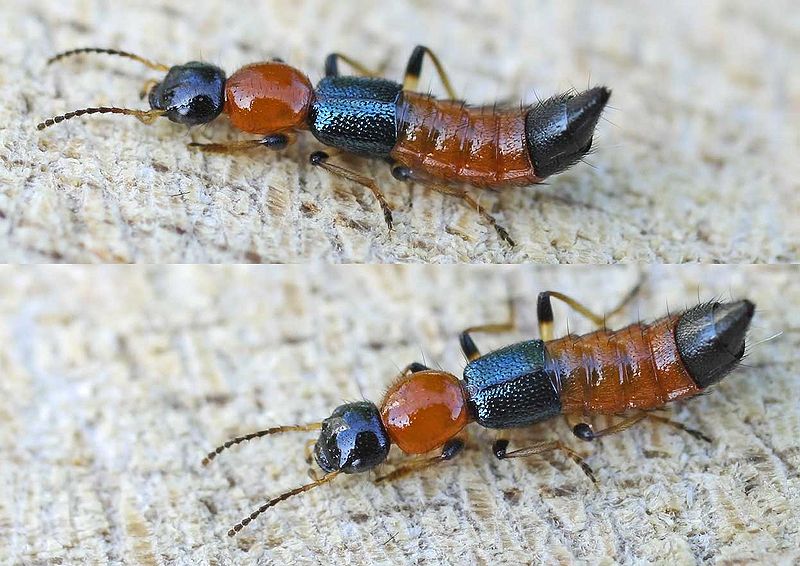 Hello, Frank Indiviglio here. Judging from recent questions posted on this blog, there is a great deal of conflicting information available as regards the feeding of tortoise. The Greek or spur-thighed (Testudo graeca), marginated (T. marginata) and Hermann’s (T. hermanni) tortoises, collectively referred to as Mediterranean tortoises, and the popular Russian or Horsfield’s tortoise (T. horsfieldi) require a vastly different diet than do desert or rainforest adapted species.
Hello, Frank Indiviglio here. Judging from recent questions posted on this blog, there is a great deal of conflicting information available as regards the feeding of tortoise. The Greek or spur-thighed (Testudo graeca), marginated (T. marginata) and Hermann’s (T. hermanni) tortoises, collectively referred to as Mediterranean tortoises, and the popular Russian or Horsfield’s tortoise (T. horsfieldi) require a vastly different diet than do desert or rainforest adapted species.
While there is some flexibility as concerns diet, there are some general rules that should be followed. The following protocol has worked well for me in zoos and at home, and will hopefully help you in caring for these responsive and interesting reptiles.
Protein and Natural Foods
Mediterranean and Russian tortoises have evolved to process a diet that is high in fiber and calcium and low in protein and fat. In the wild, they feed almost exclusively on grasses, herbaceous plants and flowers, with fruit only sporadically available.
In captivity, high protein foods such as beans and dog/cat food should be strictly avoided. Fruit is not necessary, although a few berries can be given as a weekly treat during the summer.
Native Plants
In the warmer months, I use native grasses, weeds and flowers for 75-85% of the diet, with such accounting for nearly 100% of some specimens housed in outdoor zoo exhibits. In addition to wild grasses, the following are some native and introduced plants that can be offered to tortoises:
Honeysuckle (Lonicera periclymenum)
Dandelion (Taraxacum spp.)
Hawkweeds (Pictis spp.)
Clovers (Trifolium spp.)
Cat’s ears (Hypochoeris spp.)
Mallows (Malva spp.)
Sedums (Sedum spp.)
Chickweed (Stelaria media)
Hedge mustard (Sisymbrium sp.)
Bramble (Rubus fruticosus)
Plantains (Plantago spp.)
Please see the article on Toxic Plants referenced below for a list of species that may be potentially harmful to tortoises.
Produce
 The balance of the diet is comprised of seasonally available greens (stems and leaves) such as kale, endive, Swiss chard and romaine. Other produce can be added as available, but avoid spinach and iceberg lettuce and use bok choy sparingly. Small amounts of yam and carrot are provided once weekly.
The balance of the diet is comprised of seasonally available greens (stems and leaves) such as kale, endive, Swiss chard and romaine. Other produce can be added as available, but avoid spinach and iceberg lettuce and use bok choy sparingly. Small amounts of yam and carrot are provided once weekly.
Commercial Diets
Zoo Med’s Grassland Tortoise Diet is specifically formulated for Russian and Mediterranean tortoises, and can comprise up to 50% of the diet in winter or summer.
Winter Diet
During the winter, the diet of tortoises under my care typically consists of 70-75% commercially available greens and 25-30% Zoo Med Grassland Tortoise Diet. Grated yams and carrot can be offered once weekly as a treat. Some native plants freeze well, and can be stored for winter use.
Supplements
I add Reptocal and Repti Calcium with D3 to all meals provided to growing tortoises, and 3x weekly for adults. A cuttlebone is always available as well .
Water should always be available, or the tortoises can be soaked on alternate days, during which time they will drink heavily.
Light and Heat
Russian and other tortoises will not be able to properly metabolize calcium or digest other nutrients unless provided with a warm basking site and high levels of UVB (I suggest either the Zoo Med 10.0 or a mercury vapor bulb).
Further Reading
For more information on tortoise care, toxic plants and growing food for reptiles, please see The Russian Tortoise, Reptile Gardens and Toxic Plants .
Please write in with your questions and comments. Thanks, until next time, Frank Indiviglio.
Testudo image referenced from Wikipedia and originally posted by B kimmel.
 That Reptile Blog – Reptile, Amphibian and Exotic Pet Care and Information
That Reptile Blog – Reptile, Amphibian and Exotic Pet Care and Information

 Hello, Frank Indiviglio here. Judging from recent questions posted on this blog, there is a great deal of conflicting information available as regards the feeding of tortoise. The Greek or spur-thighed (Testudo graeca), marginated (T. marginata) and Hermann’s (T. hermanni) tortoises, collectively referred to as Mediterranean tortoises, and the popular Russian or Horsfield’s tortoise (T. horsfieldi) require a vastly different diet than do desert or rainforest adapted species.
Hello, Frank Indiviglio here. Judging from recent questions posted on this blog, there is a great deal of conflicting information available as regards the feeding of tortoise. The Greek or spur-thighed (Testudo graeca), marginated (T. marginata) and Hermann’s (T. hermanni) tortoises, collectively referred to as Mediterranean tortoises, and the popular Russian or Horsfield’s tortoise (T. horsfieldi) require a vastly different diet than do desert or rainforest adapted species. The balance of the diet is comprised of seasonally available greens (stems and leaves) such as kale, endive, Swiss chard and romaine. Other produce can be added as available, but avoid spinach and iceberg lettuce and use bok choy sparingly. Small amounts of yam and carrot are provided once weekly.
The balance of the diet is comprised of seasonally available greens (stems and leaves) such as kale, endive, Swiss chard and romaine. Other produce can be added as available, but avoid spinach and iceberg lettuce and use bok choy sparingly. Small amounts of yam and carrot are provided once weekly. Both are members of the frog family Pipidae, a group of 32 species of aquatic, tongue-less and thoroughly engaging creatures. Included the Pipidae is the bizarre, back-brooding Surinam toad (Pipa pipa) and its 5 relatives.
Both are members of the frog family Pipidae, a group of 32 species of aquatic, tongue-less and thoroughly engaging creatures. Included the Pipidae is the bizarre, back-brooding Surinam toad (Pipa pipa) and its 5 relatives. Unfortunately, both are often sold as “oddities” for tropical fish aquariums. This situation rarely works out…African clawed frogs consume all but the largest of fishes, and dwarf frogs are inevitably out-competed for food and perish in short order.
Unfortunately, both are often sold as “oddities” for tropical fish aquariums. This situation rarely works out…African clawed frogs consume all but the largest of fishes, and dwarf frogs are inevitably out-competed for food and perish in short order. To create a pitfall trap, simple bury a can or jar flush with the ground and cover it with a board that is slightly elevated by small stones. This will keep rain out while allowing invertebrates to enter.
To create a pitfall trap, simple bury a can or jar flush with the ground and cover it with a board that is slightly elevated by small stones. This will keep rain out while allowing invertebrates to enter. Despite the aforementioned environmental nightmares, the bait trade in tiger salamanders remains largely unregulated, resulting in infected animals being shipped from state to state. This practice hastens the spread of already fast-moving pathogens and of non-native salamanders, as surveys have revealed that most people and bait shops release unused larvae into local waterways.
Despite the aforementioned environmental nightmares, the bait trade in tiger salamanders remains largely unregulated, resulting in infected animals being shipped from state to state. This practice hastens the spread of already fast-moving pathogens and of non-native salamanders, as surveys have revealed that most people and bait shops release unused larvae into local waterways. Tiger salamanders also face serious threats from habitat loss, pollution and the introduction of game fish to breeding ponds. Their use of two distinct habitats – aquatic and terrestrial – renders them especially vulnerable.
Tiger salamanders also face serious threats from habitat loss, pollution and the introduction of game fish to breeding ponds. Their use of two distinct habitats – aquatic and terrestrial – renders them especially vulnerable.